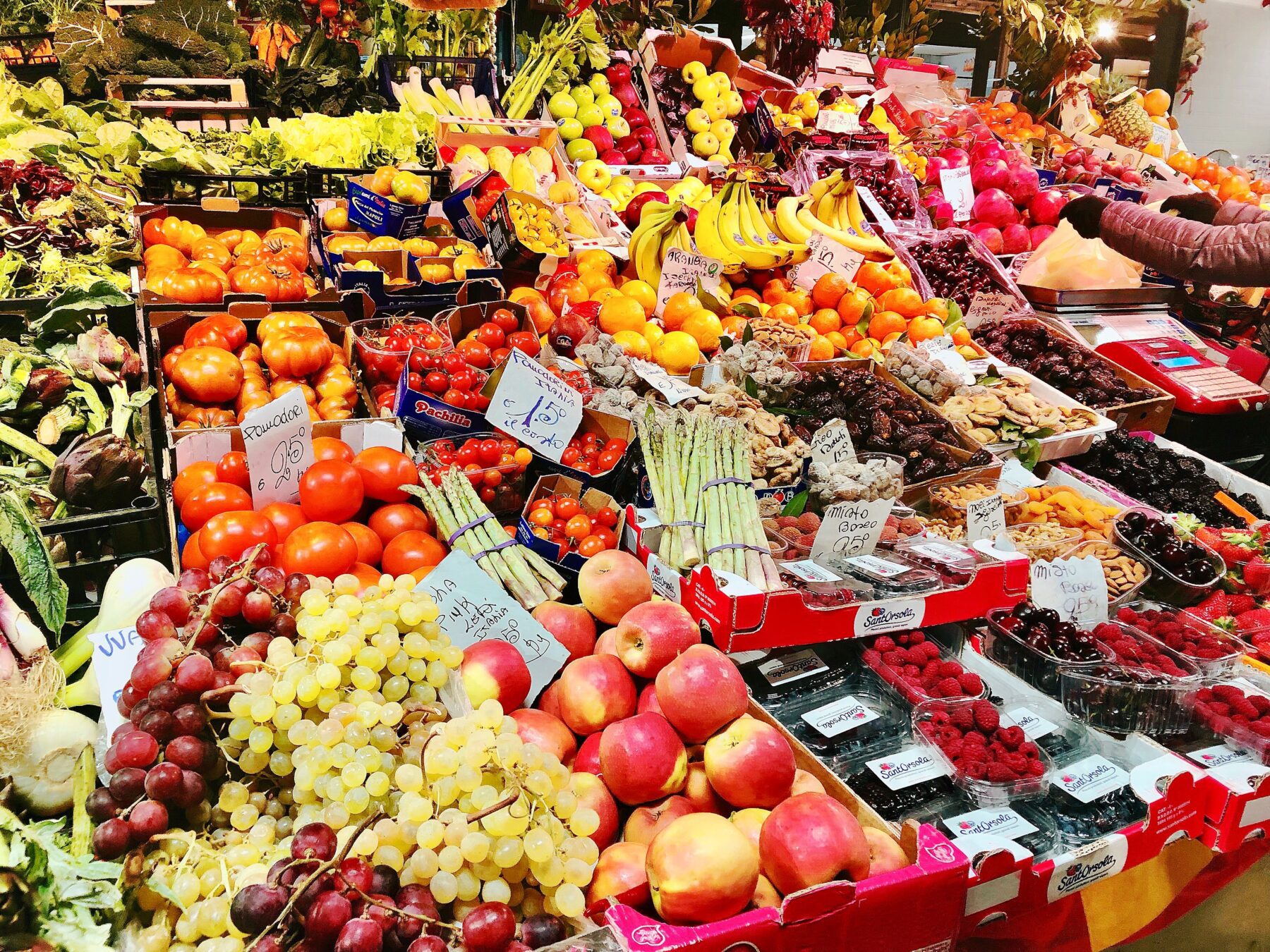Hallelujah, it’s finally soup season!
In our house, there is a seasonality to our menu, and at this time of year, I make a hard shift from salads and grilled meats to roasted chicken and soup. One of my favorite autumn aromas is a pot of broth, rendering down the good nutrients in the done ends of celery, onion, garlic, parsley, bay leaves, and last night’s leftover chicken bones. It is a weekly ritual, now that the temperatures have turned, for us to have hot bowls of soup and crusty bread smeared with butter for dinner once a week. If I plan right, I even get to have it for lunch the next couple of days.
It turns out that “if I plan right” isn’t just a win for my budget and my appetite, it’s also a win for the planet.
Wasted! A Story of Food Waste: What to Expect
Wasted! A Story of Food Waste is a documentary released in 2017 that showcases what famous chefs from around the world are doing and have done to make the most out of every kind of food, which spawns innovative and creative new dishes and by extension, goes a long way to reduce food waste.
The documentary establishes the problem of food waste early on. Forty percent of food produced for us to consume in the United States goes to waste, and more than 90% of that food will end up in a landfill. Because of the nature of landfills, this wasted food doesn’t break down and return its nutrients into the soil the way that composting can; instead, this anaerobic process takes years, and in its decomposition, produces methane gas. On top of these environmental costs, food waste also costs us $1 trillion annually, and yet there is still a global hunger problem (IMDB).
To address the issue of food waste, the EPA created a food pyramid. This isn’t like the food pyramid of my youth, with all those grains at the bottom and sweets at the top. Instead, this upside-down pyramid shows the priority order that food should be used, beginning with the first priority: us. If humans don’t eat it, then it should be used to feed animals or livestock. If people and animals can’t eat it, then food waste should be composted or converted into alternative energy use. After all of these possible outlets have been exhausted, then and only then should we toss food into a landfill.
Wasted! demonstrates how we can eliminate that last option altogether.
Finding the Love: Faithifying Your Viewing
My stock pot of simmering food waste converts into a delicious broth base for whatever savory soup I’ve put on the menu. It’s just one easy way we can make better use out of the scraps and leftovers that might otherwise end up in a landfill. But even if I get more use out of my leftovers, most of the time, those depleted celery stalks and onion peels end up in a trash bag, which ends up in my dumpster, which ends up in a landfill. Our local waste processing just isn’t set up for the kind of food waste disposal that Wasted! demonstrates. At least not yet. Just like the recycling industry has transformed humanity’s view of plastics, paper, glass, and metals, perhaps one day, all cities and towns will get on board with how to separate out food waste for other alternative uses. For now, I’ll keep pitching my compostable scraps into the woods for the woodland creatures to consume.
Food waste is a new concept. Never before in history have we been able to produce so much extra food, which means it is far easier than ever before for us to waste food. Just walk down any grocery store aisle or assess how much food you have stockpiled in your pantry or refrigerator. With so much excess, it is unnecessary for us to plan and steward our food resources wisely. We can just go buy things. And when they go bad before we can use them, we can just toss them into the trash and never see the repercussions.
In contrast to gluttony and consumption, Scripture shows us God’s ideal of “just enough.” Jesus taught us to pray, “Give us each day our daily bread” (Luke 11:3 NIV). In the Old Testament, as the Israelite nation made their way through the wilderness, God provided just enough for them each day so that no manna would go to waste. As Elijah hid in the Kerith Ravine during the three years of drought, God fed him through ravens, and then when the brook dried up, God provided for him through the widow at Zarephath. Even though she didn’t have more than a jar of flour and a little olive oil, God stretched her resources and provided for Elijah, the widow, and her son (1 Kings 17 NIV).
In each of these stories, provision is made through generosity and compassion. On the surface, Jesus feeding a crowd of 5,000 looks like a miracle of extravagance. After all, there were seven basketfuls of broken pieces of bread left over in one instance, and 12 baskets left over in the story John tells. But here’s the thing. In all of the gospel accounts of Jesus feeding the huge crowds, Jesus turns scarcity into abundance. What was the boy going to do with five small barley loaves and two small fish? It wasn’t even enough to feed a couple of people for one day. Jesus miraculously multiplied that offering to provide for thousands, so that all may be saved, fed, and healed. Today, when we enter into the same generosity modeled by the boy alongside the compassion modeled by Jesus, it is possible for us to turn food scarcity into abundance worldwide, and turn around global climate change and world hunger simultaneously. That’s a mighty miracle, all because we change the way we view food.
All it takes is some creativity, planning, and love, and we can bless and feed the whole hungry world, one simmering, delicious pot of soup at a time.





 Copyright
2024
Root and Vine
Copyright
2024
Root and Vine